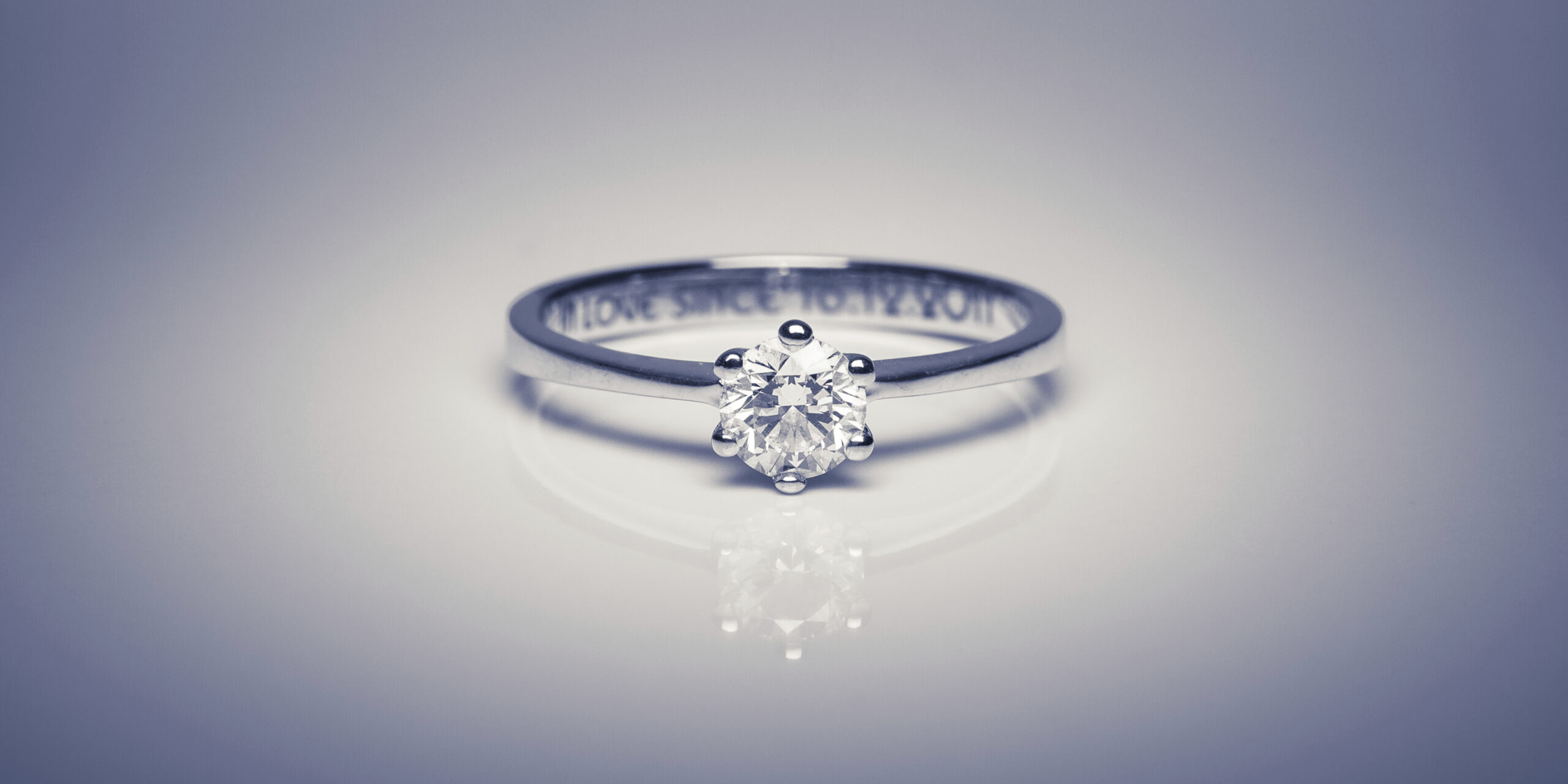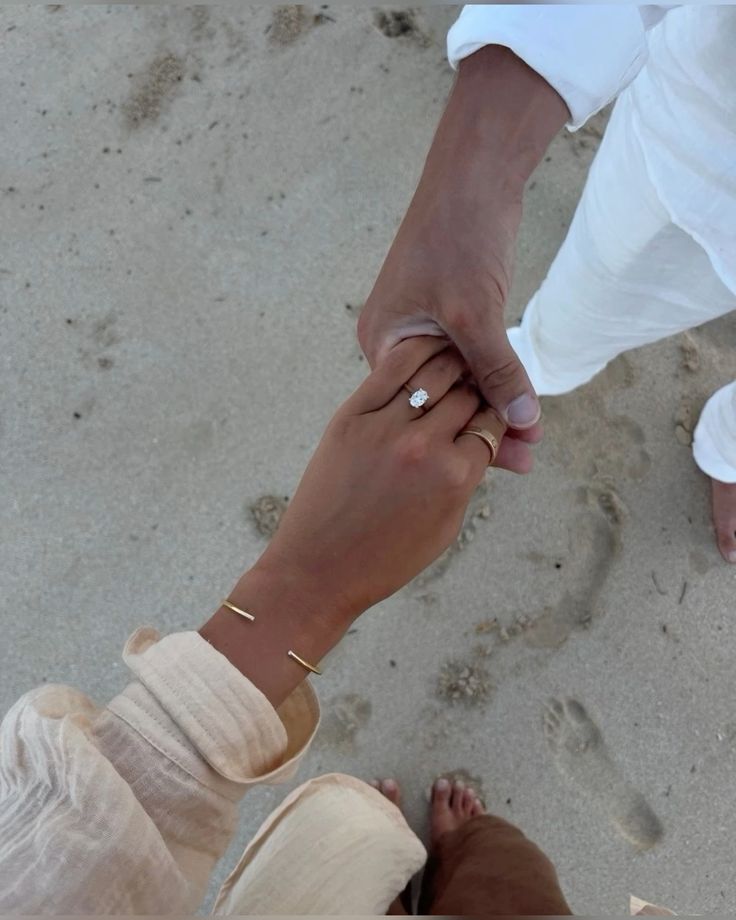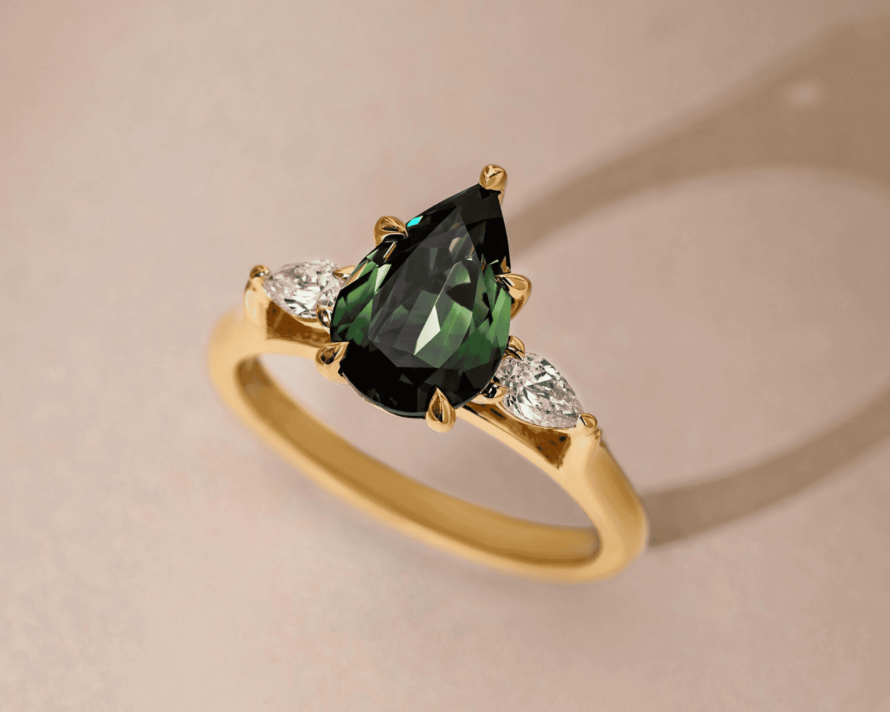Congratulations on your engagement! This is a thrilling time for both you and your fiance. Looking for an engagement ring might seem a daunting task but take comfort in the fact that nowadays ‘anything goes’. There is no ‘dos or don’t’ anymore. So enjoy trying as many rings as possible. Listen to your instincts in terms of look and feel but think practical too! Don’t be afraid to make ‘unusual’ choices. So what are the options?
Types of engagement rings
- Solitaires (‘Loner’ in French) are generally diamond-set. Solitaires normally refer to the one stone being set in a plain band but solitaire rings have come to include also the one stone with smaller stones set in the band or around the one stone, i.e. tapered baguettes surrounding a round brilliant stone.
- 3 or 5-stone rings can involve stones of the same shape and same size as well as different shapes and sizes, i.e. a round brilliant in the centre with two smaller pear-shaped stones on either side
- Cluster rings are a centre stone of any given shape is surrounded by smaller stones in a ‘cluster’ shape. Stones can be set also on the band
- ‘Band-like’ ring sitting low on the finger. Can be diamonds or coloured stones. Can be different widths and different. Stones can be all the same size or graduated in size.
- Coloured gemstone rings are usually paired with diamonds to offer contrast with the colour of the main stone.
Styles of engagement rings
- Modern, contemporary
- Classical and traditional
- Vintage, Art Deco, Victorian, Georgian
Types of settings
- Claw-set: shape and position of claws affects look and height of ring. Shared claw a very popular option for band-like rings
- Bezel-set: Fine bezel setting represents a fine line of metal surrounding a stone. Used for the centre stone in a cluster ring or for a solitaire. Channel-set square diamond bands are also popular engagement rings.
- Grain-set: Grain-set popular in Art-Deco jewellery … gives a ‘textured’ vintage look to a piece of jewellery
- Pave-set: same setting process as grain-set but with more than one row of stones being set. A very ‘sparkly’ choice! Numerous small diamonds are closely packed together to give as much ‘bling’ as possible. Normally worn as a one-band, i.e. engagement and wedding ring combination
- Bar-set: small bars are set between stones either East/West or North/South to give an open look to a ‘band-like’ ring. A more open option to channel setting
- Channel-set: a channel is dug within a band. Stones are then dropped in this channel and are butting against one other to offer a seamless look. The edges of the channel can be fine or heavy depending on the look required.
Practical considerations
Will I wear this ring in my job? Am I clumsy? Am I sporty and how hard do I treat my jewellery? Specific settings, metals and stones can be recommended depending on the type of wear
Size and shape of hands will affect the width and shape of the band , height of stone setting and the size of the stones, for example a 0.55 to 0.75ct stone will look big on a small hand and finger size whereas a larger hand will require a larger diamond to look ‘balanced’
Don’t let others’ likes and dislikes sway you as you are going to be wearing these rings. Shopping with girlfriends, sisters or mothers can be fraught with risk if these ladies are not able to put their own tastes aside
Will my engagement ring allow a wedding band to sit right next to it? Many jewellers offer engagement rings with settings starting right at the base of the band, i.e. the setting protrudes from the band and will not let a wedding band sit flush with it. This would mean a ‘fitted’ wedding band made to sit around the contours of the engagement ring. This is not always a practical choice if you want to wear the wedding ring on its own.
Article provided by: Deborah Windfield Jewellery



